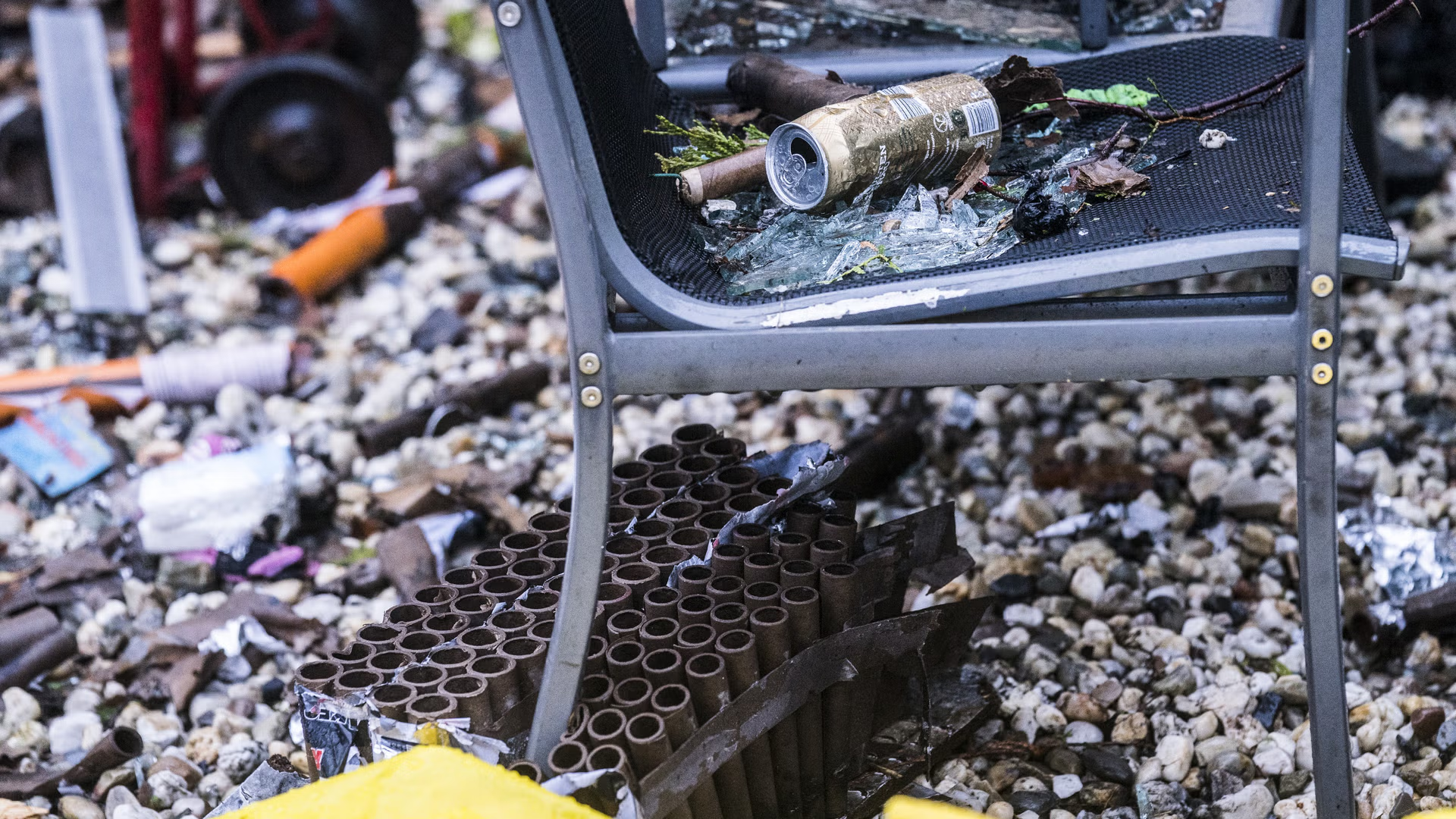Fireworks; fait accompli or disturbing display of ego? (BNNVARA)
Animal suffering and damage to nature must be prevented and not welcomed.
By Fenna Swart

Fireworks have become a regular part of New Year’s celebrations around the world. But is it a tradition that should not be tampered with at all costs? Or is it a disturbing display of ego? The human desire to startle the night’s silence with explosions persists, despite the dire consequences this has for other species and our shared natural environment (not to mention the costs). Fear is not something to celebrate but requires compassion and at least a reconsideration of policy.
Tradition?
Fireworks are a tradition, but many of us feel fright or fear with every flash, bang or boom. This year too, the emergency services were busy again due to violence, destruction, arson and fights. The fire brigade reports first-hand the harmful, and even fatal, consequences when fireworks are set off. According to the national New Year’s Eve coordinator at the police, this fireworks tradition is now “completely unacceptable, but it is a reality in which we have to operate during New Year’s Eve, which returns every New Year.”
Animals experience sounds with greater intensity than humans. Fireworks appear before them as a dissonant sound without warning. Research shows that up to 85 percent of pets are afraid of fireworks. Frightened animals that wake from sleep or are startled will hide, tremble or flee. Unable to understand what is going on.
The effects can also be serious for wildlife such as birds, rabbits, foxes, squirrels, frogs and fish. Young animals, birds, rabbits or squirrels, die of starvation when they or their disoriented parents can no longer find their way back. These deaths are tragic because they are completely preventable.
During fireworks explosions, especially the massive ones during New Year’s Eve, nearby resting birds flee en masse from trees and ponds and fly into the sky. Recent research shows that birds show abnormal behavior up to 10 kilometers from the set-off fireworks. Some birds fly so high or far into the sea that, physically exhausted, they cannot return to land alive. Birds can crash into buildings, become lost and disoriented, and literally fall from the sky by the thousands.
Researchers expect millions of birds around the world to be affected, but recommendations for solutions and policy adjustments will remain in place after the smoke clears.
Not just animals
It’s not just animals that are at risk. Panicked animals can also attack people out of fear and self-defence. Bystanders can be injured when animals flee out of fear.
When fireworks are lit, toxic chemicals are also released. Recent research from University of East London (UEL) shows the pollution caused by chemicals and (micro)plastics in fireworks and their harmful effect on the ecology. The research shows that the abundance of microplastics was significantly higher six hours after the New Year’s fireworks, with black microplastic fibers being the most commonly observed type.
These black microplastics have been linked to slowing growth, causing oxidative damage and abnormal behavior in human and animal species. Polychloroprene and polyvinyl chloride (PVC) were the most commonly observed polymers, with high concentrations and exposure to PVC linked to serious human health problems such as cancer, damage to the immune system and hormone disruption.
We cannot therefore ignore the impact that fireworks have on our environment and what this means for the health of people, animals and nature. Individual actions alone are not sufficient to mitigate, let alone solve, the harmful effects. But the more the fireworks issue is raised, the more likely it is that this practice will one day be replaced by alternatives. In 2018, the Italian city of Collecchio was the first in the world to introduce legislation insisting on silent fireworks.
In short, animal suffering and damage to nature must be prevented and not welcomed. The message is for the new government (with a number of animal lovers in line) to ensure that at the next New Year, a national celebration takes place that takes into account the well-being of both people and other animals.
The Source: https://www.bnnvara.nl/joop/artikelen/vuurwerk-voldongen-feit-of-verontrustend-vertoon-van-ego
